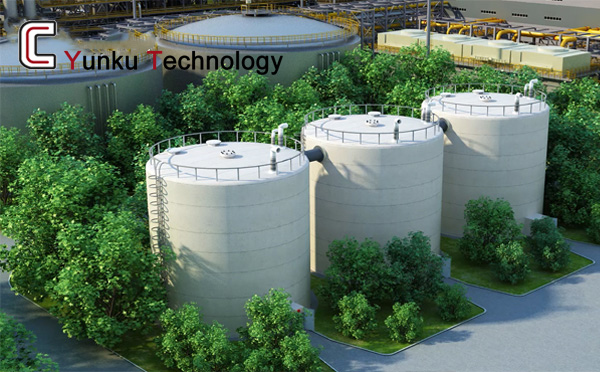- current location:
- Home
- >
- News
- >
- Safety Knowledge
-
Confined space operation meets hydrogen sulfide poisoning, how to respond scientifically?
In the sewage treatment pool, underground pipelines or confined space such as storage tanks and other operations, if you suddenly smell a “rotten egg” smell, be alert - this may be hydrogen sulfide (H₂S) gas leakage signals. This gas is extremely toxic, low concentrations will irritate the eyes and respiratory tract, high concentrations can cause unconsciousness or even death within a few seconds, known as the “invisible killer”. Once poisoning occurs, the ability to respond quickly and scientifically is directly related to life and death.

When someone is found to have been poisoned, the most urgent task is to block contact with the poisonous gas. On-site personnel should immediately stop the operation and help the poisoned person to move to a well-ventilated open area under the premise of ensuring their own safety. Remember, do not enter the scene without professional protective equipment (e.g. air respirator), otherwise it may cause more casualties. Rescuers should strictly wear positive-pressure air breathing apparatus (SCBA), chemical-proof clothing and safety ropes, and use tools such as tripods to drag away the poisoned person, while notifying firefighters, medical and other professional forces for support.
After moving the poisoned person to a safe place, quickly unbuckle his/her collar and belt to keep the airway open. If the poisoned person has lost consciousness or stopped breathing, cardiopulmonary resuscitation (CPR) needs to be performed immediately and continued until medical personnel take over. If possible, the patient can inhale high-purity oxygen to relieve hypoxic injury. Special attention should be paid to the fact that hydrogen sulfide poisoning patients may experience a “false recovery period”, even if the symptoms are temporarily relieved, must be sent to the hospital for observation to prevent delayed cerebral edema or organ failure.
In fact, the vast majority of hydrogen sulfide poisoning accidents stem from a lack of protection. Gas concentration must be strictly detected before operation (four-in-one detector is recommended) to ensure that the H₂S content is less than 10ppm; reduce the risk through forced ventilation, and maintain monitoring throughout the process. Protective equipment should not “cut corners” - ordinary masks or canisters cannot block hydrogen sulfide, and air-supplied respirators must be used. In addition, be sure to arrange for specialized supervision during operations and plan escape routes in advance to ensure a rapid response in the event of an accident!
Previous Safety Protection and Emergency Rescue for Confined Space Operations
Next No more
more about [confined,space,operation,gas,detection,hazardous,gas,confined,space,monitoring]:
• How to do a good job of confined space operation protection
• Safety Protection and Emergency Rescue for Confined Space Operations
• A Cautionary Tale of Accidents in Confined Space
• Yunku Tech's Confined Space Monitoring Equipment: Intelligent Solutions to Guard Operational Safety and Efficiency
• Sewer pipeline confined space operations to build life defences

